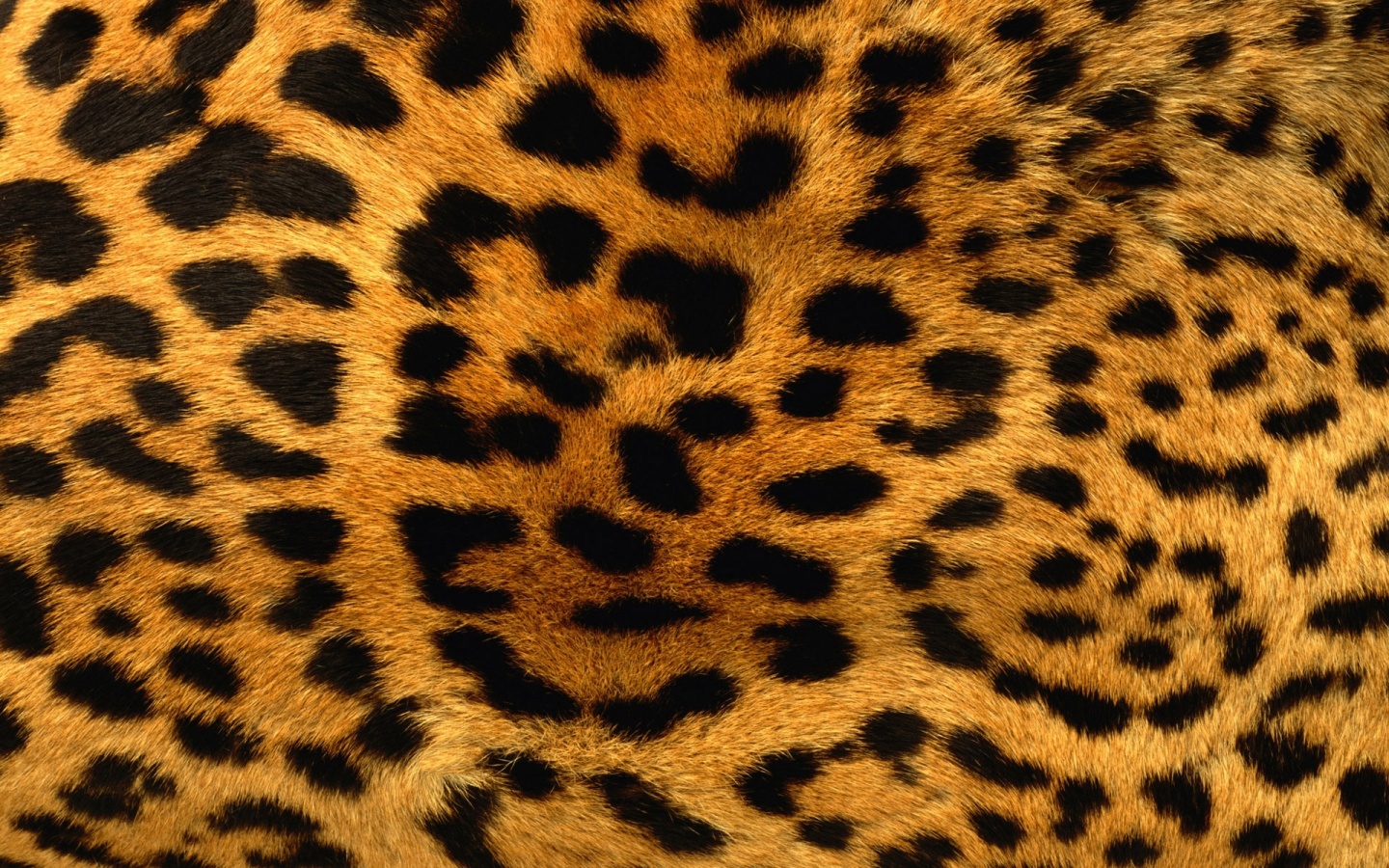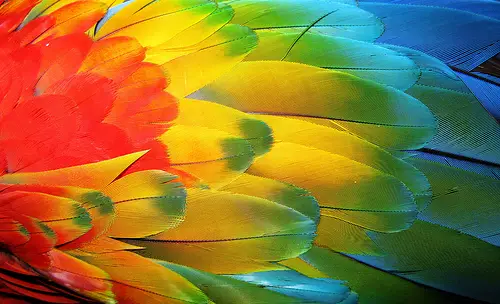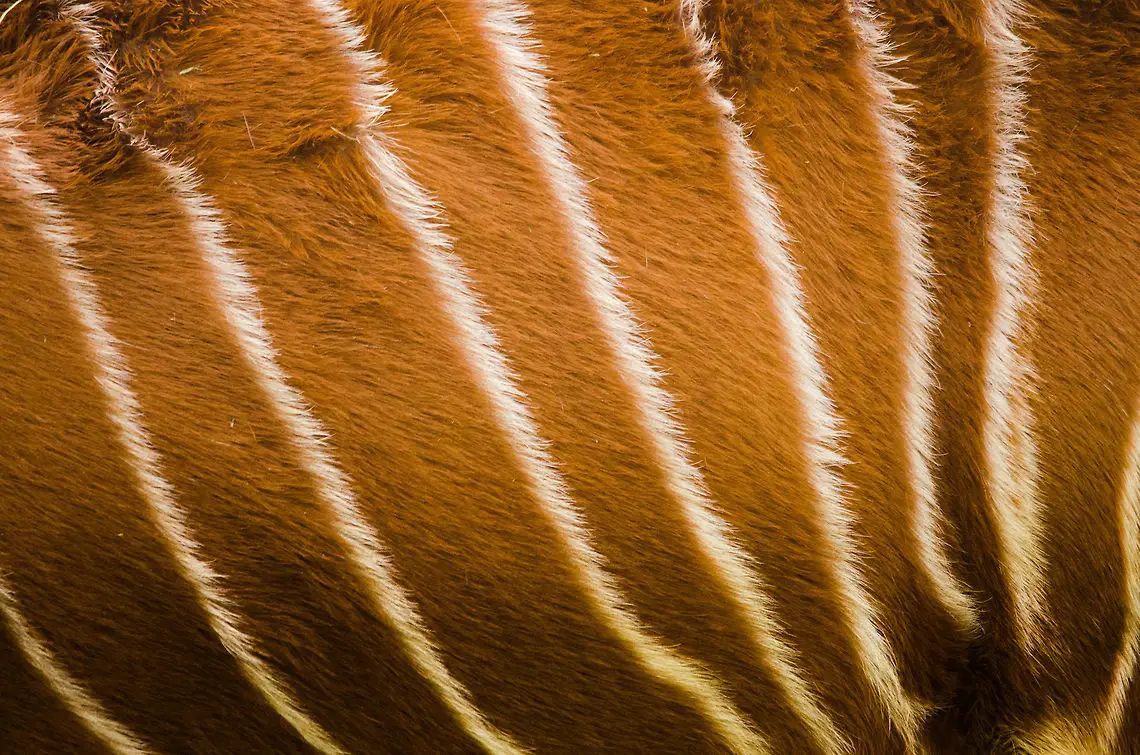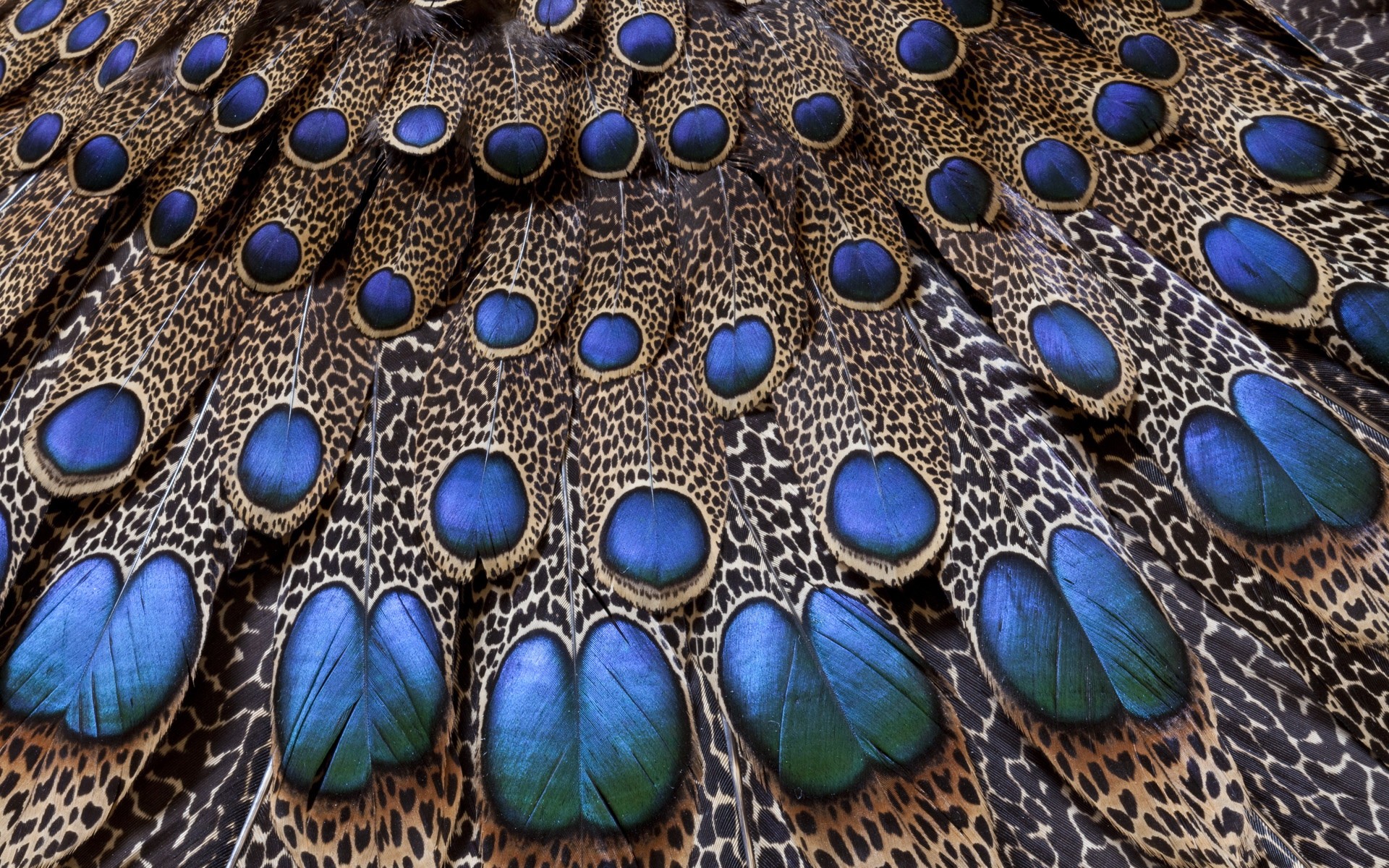Photographing Snakes in the Wild
By: Mike Jerrard
Many of us will try our best to avoid these slithering creatures and in all fairness as some have the capability to kill us. They are incredible animals however and their beauty can be seen across six of the seven continents. When it comes to documenting these magnificent creatures with a camera, things can get a bit tricky. They are many times experts at camouflage, can have lightning quick speed, and their low profile to the ground makes it often times difficult to get a nice shot. Here are some tips when it comes to photographing snakes in the wild.
Know Your Subject
Number one rule is to know the habits of the species your looking for. You need to make sure you are searching during the correct time of year. Many snakes go into a state of brumation or dormancy during the colder winter months. You’ll find that spring offers much more snake activity and ease of finding snakes.
Search the correct habitats for the snake you seek along with acknowledging whether its preferred prey is available in the area. Although many say its best to look early and late afternoon, I personally have had luck throughout the day.



Get Low to the Ground
To really get a personal shot of a snake, you have to get down on their level. You want to avoid that aerial view of a squiggly line. You cannot get the facial detail including the remarkable eyes while shooting from above.



Venomous Snakes
For poisonous snakes, things get a bit trickier. Just remember that poisonous snakes are just like the less dangerous ones. More often than not it is the non venomous snakes which are more aggressive and attempt to strike. The last thing a venomous snake wants to do is waste its venom on protecting itself.
You still must be extremely cautious when photographing deadly snakes. Make sure you are knowledgeable about first aid treatment for snake bites as well as having a plan in place should you be bitten such as where the nearest help can be located. I have been guilty of not having a plan and although I have been lucky enough to not have a serious accident, I have been bitten on the shoe by cottonmouths when I was several hours of hiking from my vehicle.
I use two methods when shooting venomous snakes. One is using a telephoto lens to get that nice closeup and this also allows me to obtain a shallow depth of field. Most often your subject will be on the ground among the underbrush so you will need to minimize the distracting background and foreground to focus on the snake.





The other method I use is a GoPro camera attached to a long monopod. This allows me to get shots just inches away from my subject while maintaining a safe distance in case an attack is carried out. I use the time lapse setting which takes shots every half second without me having to press a button manually. This allows me to extend the monopod right up to the snake and capture images such as tongue flicking. You will have many images which are similar, but this will allow you to choose the best. Play around with the wide and narrow view options to include or exclude the surrounding habitat. I use a very affordable Dolica 67 inch monopod which has proven more than enough length for safety and has proven very durable. Using this method also seems to be less stressful for the snake. Never have I had a snake strike the GoPro.


Go Vertical
Learn to start taking vertical or portrait images of snakes. Many snakes will raise their bodies when disturbed and many times a vertical image makes a more pleasing shot. Also if your experienced with handling snakes, raise them to your eye level to separate them from the distracting ground. You can accomplish a more unobstructed shot doing this, just make sure you mind the safety of the animal above all else.




Look for the Cool Snakes
You’ll find that photographing snakes early in the morning or when its a bit cooler makes them more lethargic and easier to photograph. Also avoid big movements and vibrations as much as possible. It’s not the noise rather the vibrations which disturb them.



Shedding
A snake will be most vibrant and colorful just after it sheds. A snake on average sheds its skin 4 -6 times a year. Although this can be hard to know timing, you can watch for signs of recently shed skin or notice when one looks like it may be shedding soon.


Think Outside the Box
Look to get unusual shots of your subject or focus on what sets that species apart such as photograph the rattle of a diamondback or zoom in on its scales or marking patterns. A snake might be a long winding tube but with the right composition and planning you can make a pleasing image which turns it into a piece of art.


Look at the Whole Picture
By being aware of the situation, you can prepare for events that have a possibility of occurring. What I mean by this is look to see if it may be hunting and you could capture your snake making a capture of its own. Also you can position yourself so as to include other animals or elements which can make a dynamic shot such as the shot below of a speckled rattlesnake and desert horned lizard.


Respect Your Subject
Above all else, you should try your best to minimize your interference with any snake. You wouldn’t harass a dolphin or elephant so do the same for a snake. If you do handle a snake make sure it isn’t be harmed in the process and minimize your time. Never use force to achieve your shot as this is when accidents happen both for you and the snake.


















